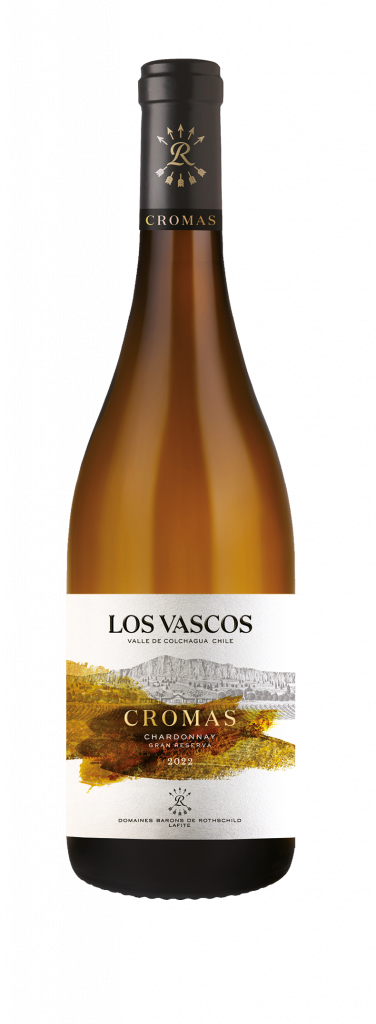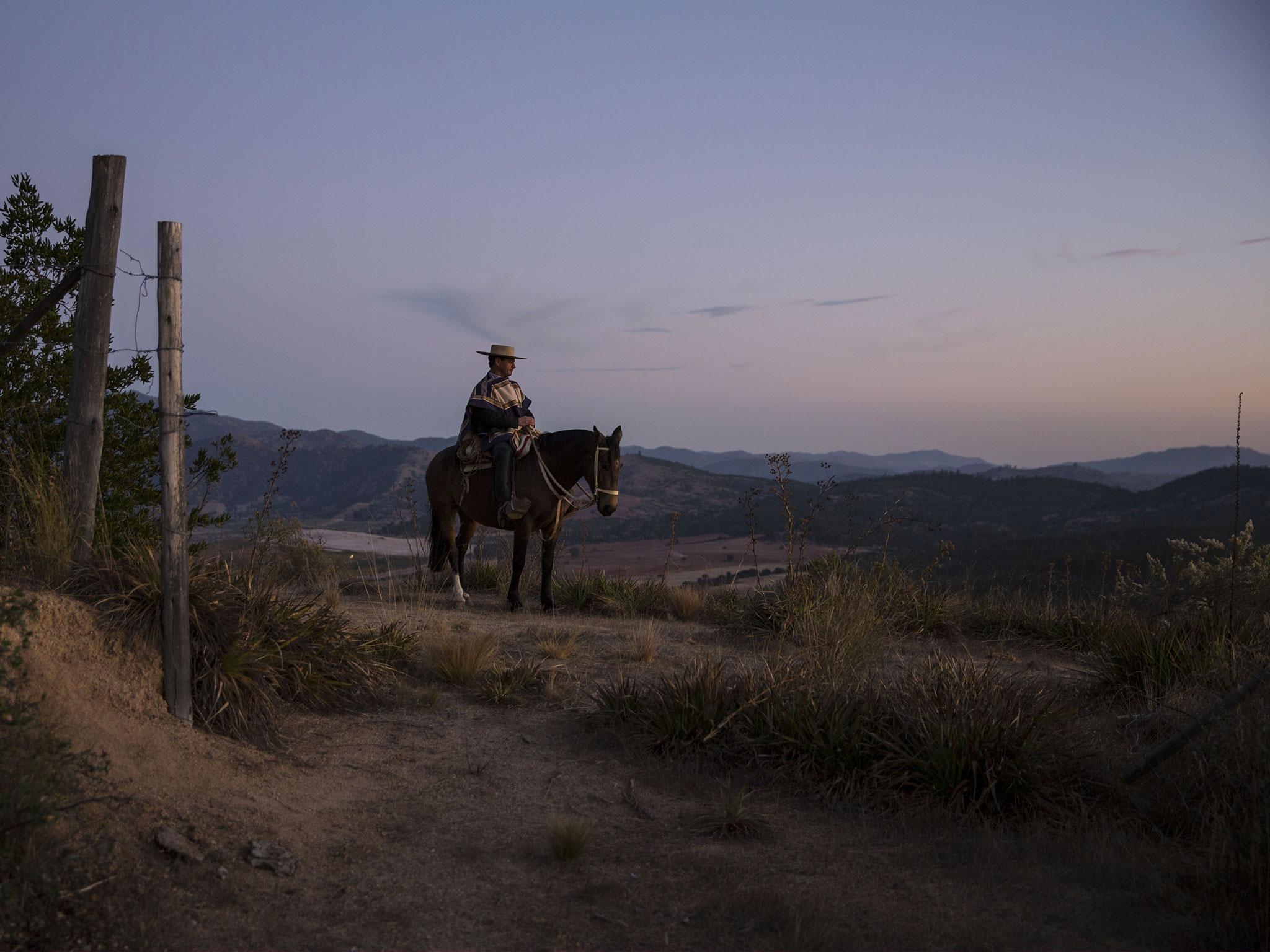Chardonnay Gran Reserva

The vintage
The winter was characterized by moderate rainfall, a little less than usual, and continued with a very cold spring. The beginning of the summer was cold, but temperatures gradually increased and remained very stable throughout the season, allowing for an ideal ripeness that produced grapes of great quality potential.
Harvest began in Peralillo on March 2nd and in Litueche on April 6th. This difference of more than a month is mainly due to the great difference in temperatures between the two areas. Grapes are harvested very early in the morning in order to preserve all the aromatic potential of this variety.
Location
The grapes come from Peralillo and Litueche in the Colchagua Valley.
Peralillo is located towards the end of the Colchagua Valley, 40 kilometres from the sea where there is a wide daily temperature variation of up to 20°C, which allows us to produce a fresh and balanced Chardonnay.
Terroir
The blocks are located in the flatter part of the vineyard, which has medium to deep soils with finer textures. These conditions generate greater vigour, providing protection to the grapes when the summer reaches high temperatures.
Within the vineyard, there are old blocks of masal origin, which contribute greater concentration and complexity, and newer clonal blocks, which provide freshness.
Litueche is located 20 kilometres from the sea. Here the temperature oscillation is low, but the maximum temperatures are very moderate, which allows to preserve all the aromatic potential of the grapes.
Winemaking
After the harvest, the grapes are destemmed, cooled and placed in the presses, where they are macerated for 8 hours. The must is then drained and pressing begins under constant monitoring. The must is partially protected from oxygen, as the aim is to generate a more golden colour and more complex aromatic notes.
After a first decantation for 2 to 3 days, the must is kept in tanks for ten days prior to fermentation to develop its full aromatic potential and generous volume. The Peralillo grapes are fermented in stainless steel tanks, while the Litueche grapes are fermented in oak barrels and vats. About 10% of the blend underwent malolactic fermentation and was kept on the lees for volume and complexity.
Grapes
Tasting
The wine has a delicate yellow colour with golden glints.
The nose is seductive with aromas of lime, pineapple, green banana and white peach, combined with aromas of dried fruits coming from the barrels that contribute to the complexity.
On the palate, the wine is vibrant and concentrated with a nice creamy mouthfeel leading to an elegant finish.
Downloads

